Author: Jake Huolihan
Generally accepted as a flavor neutral compound, phosphoric acid is comprised of 3 hydrogren ions, 1 phosphorus ion, and 4 oxygen ions, and is used in brewing primarily for mash pH reduction. It comes in various strengths, though the most commonly available to homebrewers is 10%. While it works great for its intended purpose, the fact it’s an additive other than water, malt, yeast, or hops means it’s unusable by those wishing to stick to the Reinheitsgebot.
Given the importance placed on mash pH, inventive maltsters developed a product that would allow a brewer to make the necessary adjustment while abiding by the classic German Purity Law. Acidulated malt, also known as sauermalz or just acid malt, undergoes a process that produces naturally occurring lactic acid on the malt, which remains until use. A brewer simply includes a charge of acidulated malt to their grist, usually 1% to 10%, and the lactic acid present on the grain acts to reduce the pH.
Whereas phosphoric acid wins points for being a reliable way to adjust mash pH without contributing any perceptible flavor to beer, acidulated malt is believed by many to impart a unique characteristic that’s actually desirable, especially in German lager styles. I’ve used acidulated malt quite a bit in my brewing and recently made a beer where it made up 10% of the grist, the upper end of most maltster recommendations. I was slightly concerned that relatively high amount might lead to a noticeable lactic character, but it didn’t, the beer tasted largely as I expected. This experience inspired me to design an xBmt to help me understand just what, if any, differences exist between beers made using either phosphoric acid or acidulated malt.
| PURPOSE |
To examine the differences between beers made using either phosphoric acid or acidulated malt for mash pH adjustment.
| METHODS |
I thought a Munich Helles seemed an ideal style to test this variable and designed a simple recipe that would allow any differences to come through.
Tripping
Recipe Details
| Batch Size | Boil Time | IBU | SRM | Est. OG | Est. FG | ABV |
|---|---|---|---|---|---|---|
| 5.5 gal | 60 min | 22.5 IBUs | 3.7 SRM | 1.046 | 1.011 | 4.6 % |
| Actuals | 1.046 | 1.011 | 4.6 % | |||
Fermentables
| Name | Amount | % |
|---|---|---|
| Pilsner (Weyermann) | 8.562 lbs | 83.03 |
| Vienna Malt (Weyermann) | 1 lbs | 9.7 |
| Acidulated (Weyermann) | 7 oz | 4.24 |
| Carahell (Weyermann) | 5 oz | 3.03 |
Hops
| Name | Amount | Time | Use | Form | Alpha % |
|---|---|---|---|---|---|
| Loral | 9 g | 60 min | Boil | Pellet | 10.3 |
| Loral | 11 g | 30 min | Boil | Pellet | 10.3 |
Yeast
| Name | Lab | Attenuation | Temperature |
|---|---|---|---|
| Harvest (L17) | Imperial Yeast | 72% | 50°F - 60°F |
Notes
| Water Profile: Ca 62 | Mg 0 | Na 8 | CO4 60 | Cl 68 |
Download
| Download this recipe's BeerXML file |
I prepared a single large starter of Imperial Yeast A17 Harvest a few days ahead of time. The night before brewing, I collected my water for both batches and adjusted each to the same mineral profile, adding 19 mL of 10% phosphoric acid to only one batch. I then weighed out and milled the grains, replacing the acidulated malt in the batch that received phosphoric acid with an equal amount of Pilsner malt.
I woke up the next morning and turned on the element to heat the water for the phosphoric acid batch. Since this variable required 2 separate batches, I staggered the start of each by 20 minutes and treated them identically otherwise. I transferred the slightly overheated strike water to mash tuns and, after a period of preheating, added the grains and gently stirred to hit the same mash temperature.
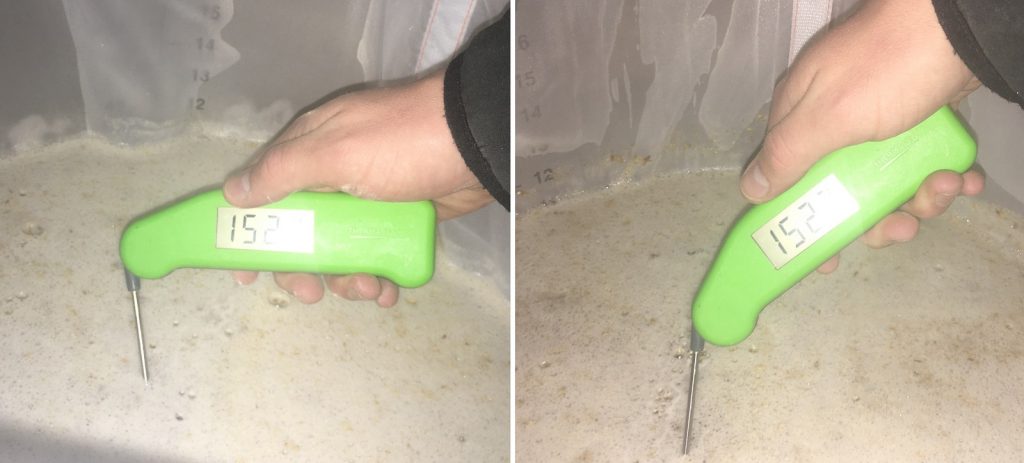
Curiously, though obviously a fickle sense, the mash with the acidulated malt seemed to have a slightly tart scent. Both mashes were left to rest.
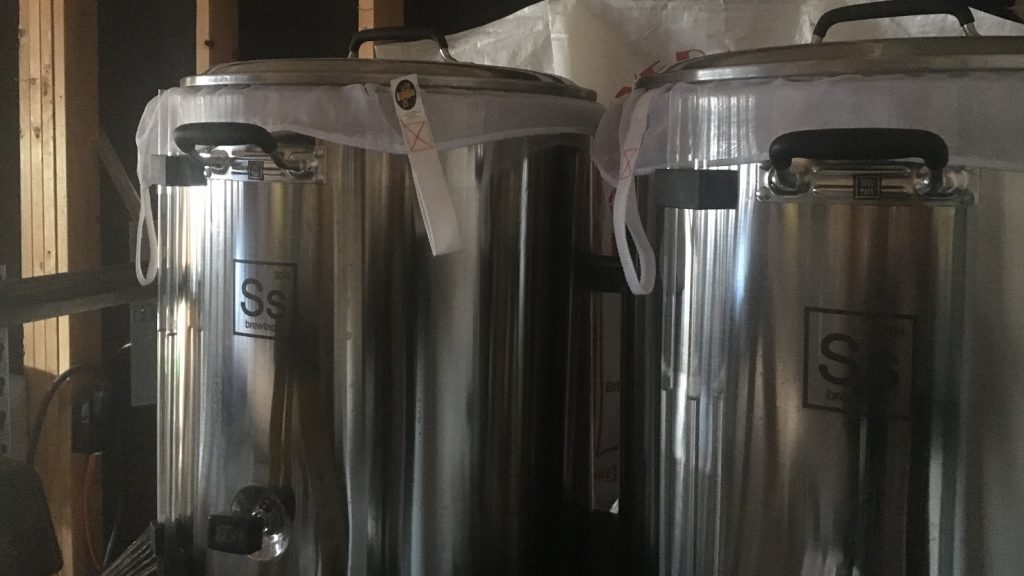
At 15 minutes into each mash, I pulled samples to check the pH and was satisfied with how close they were to each other.
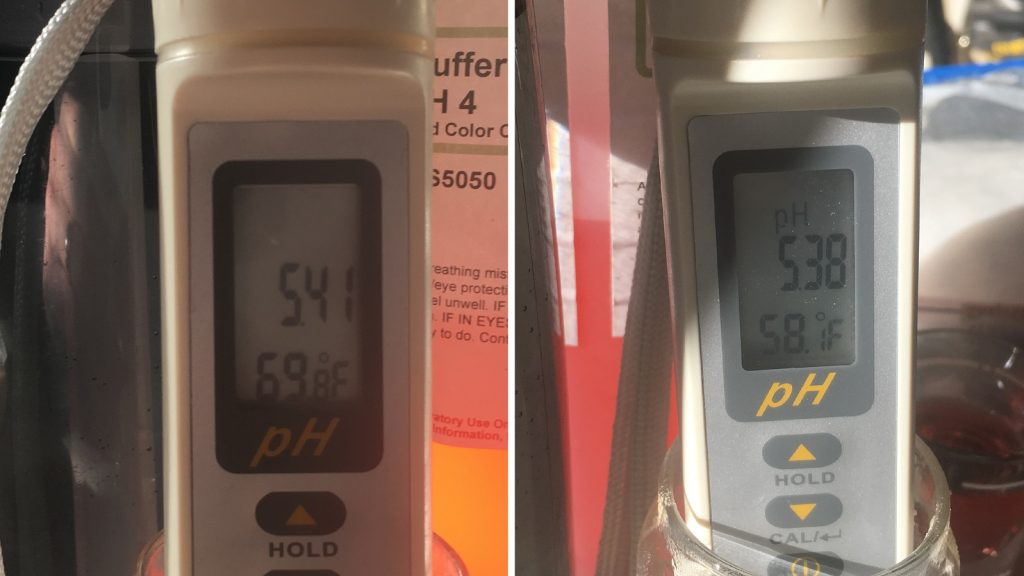
After each 60 minute mash was complete, I collected identical volumes of sweet wort in separate kettles and proceeded with the boil step.
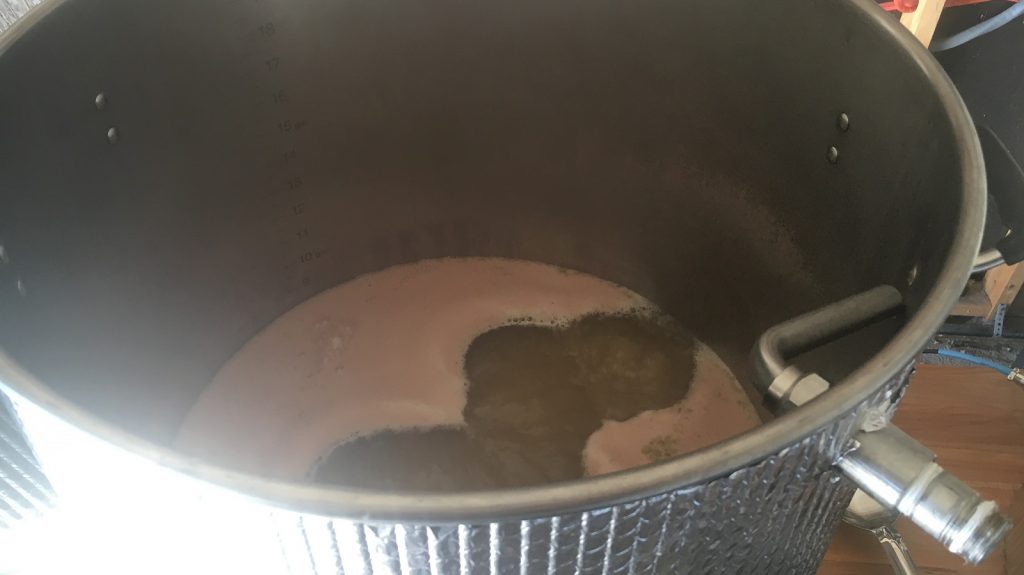
Following a 60 minute boil, the worts were quickly chilled.
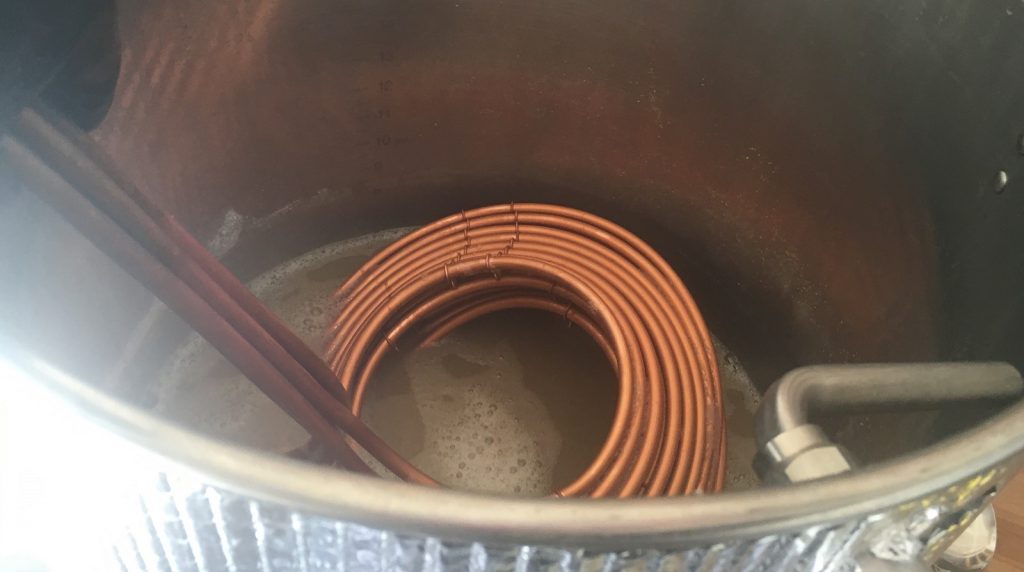
Refractometer readings revealed both worts settled in at nearly the same OG.
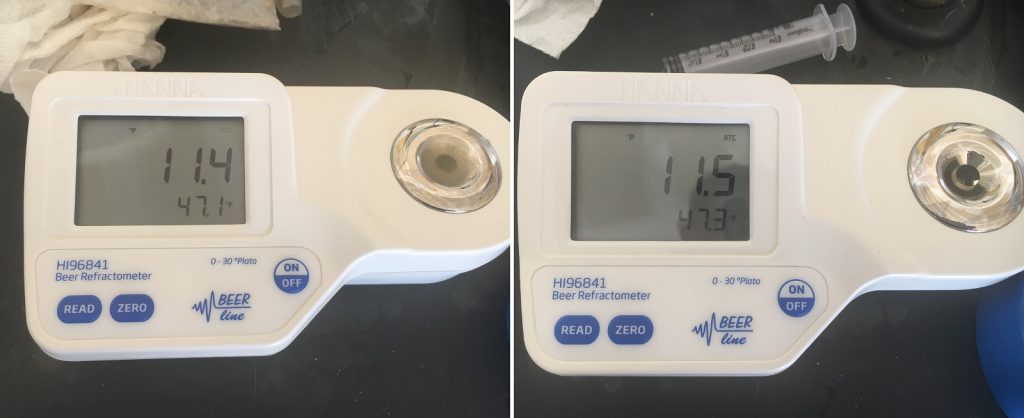
Equal volumes of wort were racked to separate Brew Buckets, at which point I decanted the large yeast starter I’d made a few days earlier and split it evenly between the batches.
After hitting each wort with 90 seconds of pure oxygen, I placed them next to each other in my fermentation chamber controlled to 50°F/10°C.
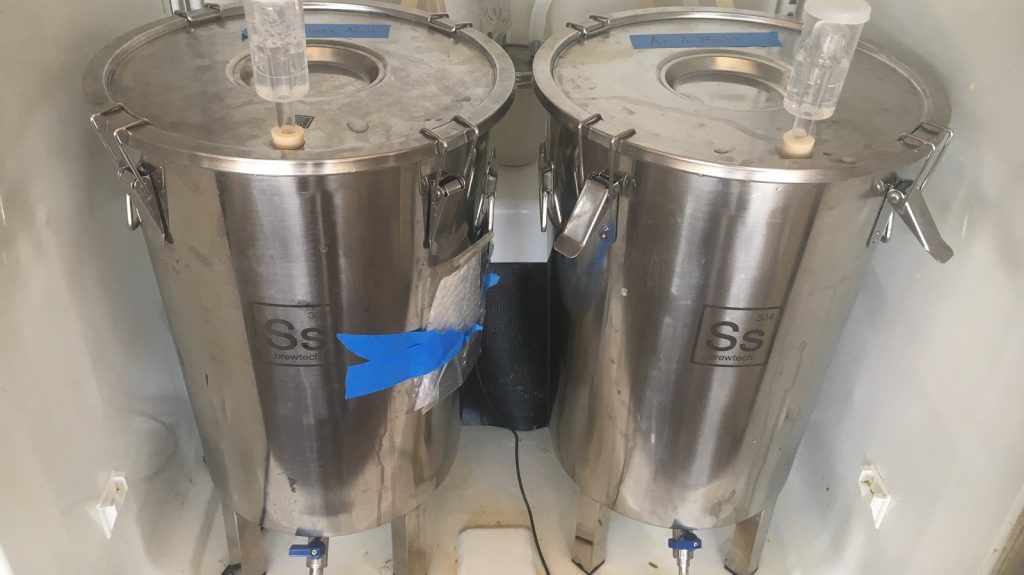
Fermentation was kicking less than 12 hours later and proceeded similar in both beers. With signs of fermentation absent 5 days later, I took initial hydrometer measurements that matched samples taken 3 days later, indicating FG had been reached.

I went ahead and kegged the beers at this point.
The filled kegs were placed in my keezer and allowed to lager for a month while being force carbonated. When the time came to collect data, both beers were carbonated and crystal clear.
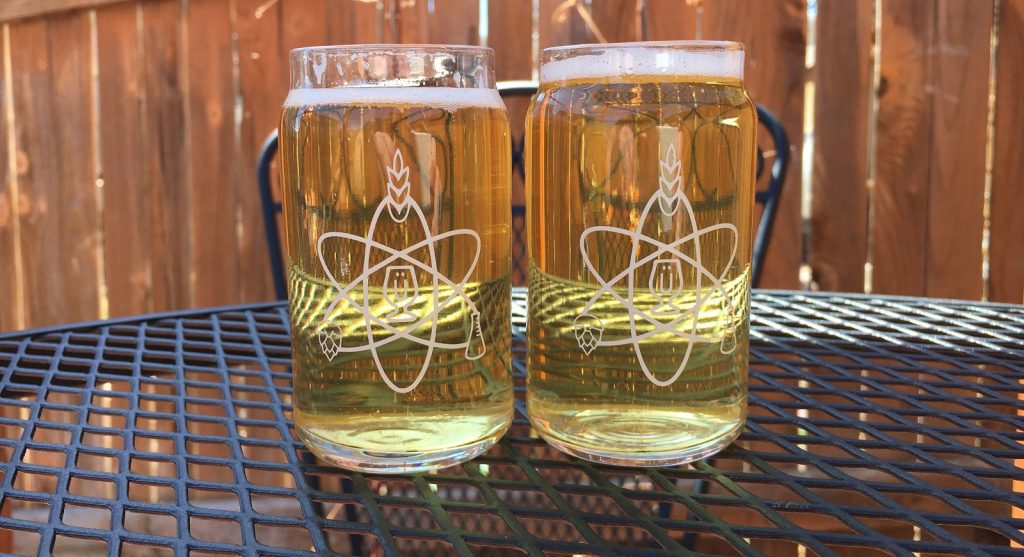
| RESULTS |
A total of 23 people of varying levels of experience participated in this xBmt. Each participant was served 2 samples of the beer made with phosphoric acid and 1 sample of the beer made with acidulated malt in different colored opaque cups then asked to identify the unique sample. At this sample size, 12 tasters (p<0.05) would have had to identify the unique sample in order to reach statistical significance, though a total of 15 (p=0.002) made the accurate selection. These results indicate participants were able to reliably distinguish a beer made with water that was adjusted with phosphoric acid from one whose pH was adjusted with acidulated malt.
The 15 participants who made the accurate selection on the triangle test were instructed to complete a brief preference survey comparing only the beers that were different. A total of 8 tasters reported preferring the phosphoric acid beer while only 3 said they liked the acidulated malt more. Another 3 tasters reported having no preference despite noticing a difference and 1 person said they perceived no difference between the beers.
My Impressions: I admittedly went into this xBmt fully expecting the beers to be the same, thus confirming my bias that the ease of using acidulated malt was not only ingeniously simple, but it didn’t add or take anything away from my beers. Over a series of 5 semi-blind triangle tests, I was able to identify the unique sample 4 times. It wasn’t insanely obvious to my senses, but there was a noticeable difference, namely my perception of a slightly tart sensation on the back of my throat in the acidulated malt beer. Going even more against my expectations, I chose the phosphoric acid beer as the one I most preferred in all 4 of my correct triangle test attempts.
| DISCUSSION |
Brewers rely on various acids to adjust their mash pH and seem to view most typical options as being largely interchangeable. The two most commonly used acids in brewing are phosphoric acid and lactic acid, the latter of which is organically produced on grain to produce acidulated malt.
It wasn’t until I ran across comments by brewers of traditional German lagers that I even considered the use of acidulated malt might actually have a unique impact on beer character. Having been developed in response to the Reinheitsgebot, to my mind, acidulated malt was simply Pilsner malt with some lactic acid on the outside, which similar to phosphoric acid, is generally accepted to be flavor neutral. For these reasons, I was not expecting tasters to be able to distinguish beers where the mash pH with adjusted with either phosophoric acid or acidulated malt, but rather figured the results would align with those of a previous xBmt comparing phosphoric acid to lactic acid.
We don’t solicit pointed data in terms of the stylistic representation of either sample, so there’s no way to conclude if in fact acidulated malt contributed some uniquely German characteristic to the beer. If it did, it would seem the majority of participants who were correct on the triangle test preferred the phosphoric acid beer more. Of course, preference is subjective, and to me, both tasted good and represented the style well.
While the differences I perceived between the beers in this xBmt weren’t stark, I’ll be relying more on liquid acids mostly because they’re easy to use, though I also had a slight preference for the phosphoric acid beer. However, I certainly didn’t dislike the acidulated malt beer and would use it without question in a situation where a liquid acid wasn’t available. Overall, this xBmt made me all the more interested in exploring the use of ingredients developed out of restrictive beer laws and how their influence shaped the way we perceive certain styles of beer.
If you have any thoughts about this xBmt, please do not hesitate to share in the comments section below!
Support Brülosophy In Style!
All designs are available in various colors and sizes on Amazon!
Follow Brülosophy on:
FACEBOOK | TWITTER | INSTAGRAM
If you enjoy this stuff and feel compelled to support Brulosophy.com, please check out the Support page for details on how you can very easily do so. Thanks!


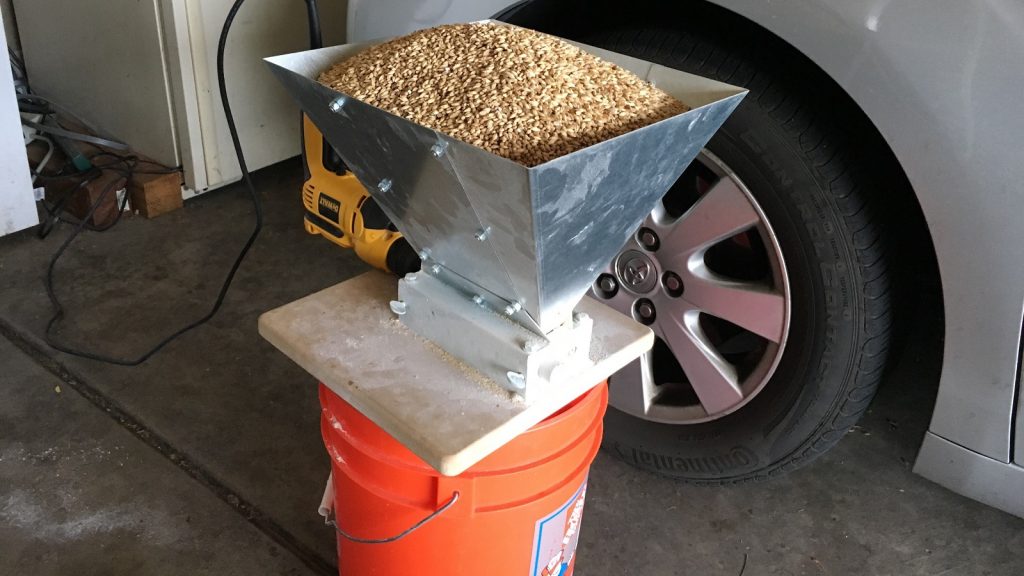
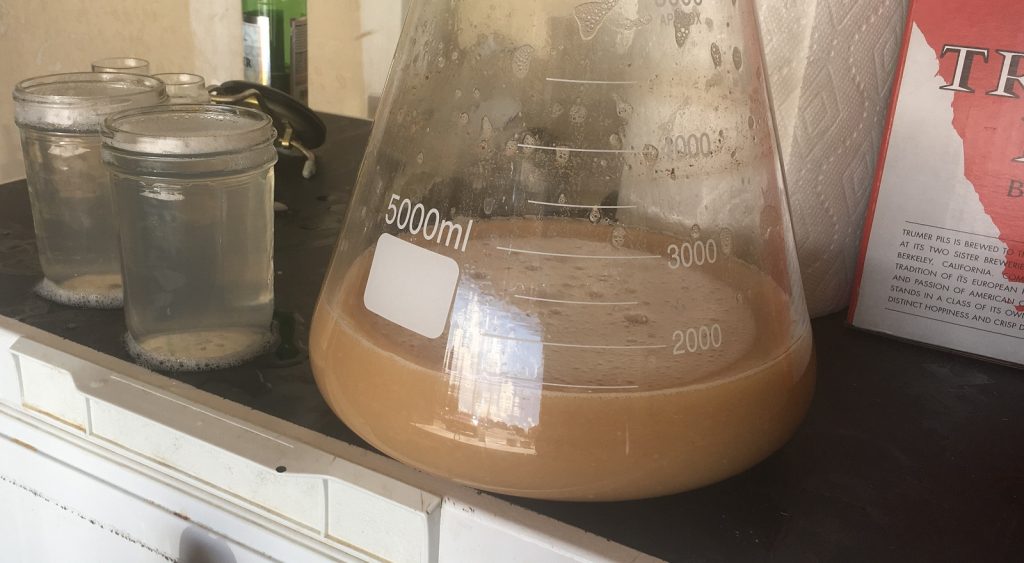
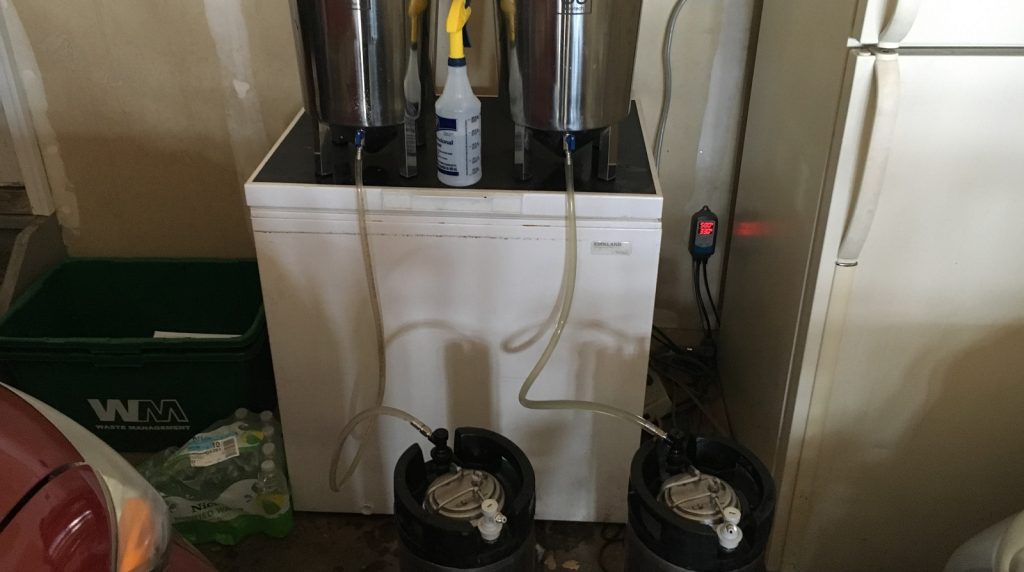











43 thoughts on “exBEERiment | Water Chemistry: Phosphoric Acid vs. Acidulated Malt In A German Pils”
“3 hydrogren ions, 1 phosphorus ion, and 4 oxygen ions” I’m not sure if I understand this as standard chemistry.
I took it to mean atoms, easy error to make
No it is plain wrong 🙂
Should be something like:
“phosphoric acid is comprised of 3 hydrogen, 1 phosphorus, and 4 oxygen atoms, which in water at standard brewing pH ranges decompose into one hydrogen ion and one dihydrogen phosphate ion.”
Sorry..not to be a chemistry jerk but does “the fact it’s an additive other than water, malt, yeast, or hops means it’s unusable by those wishing to stick to the Reinheitsgebot” mean that they were using deionized water back in 1516?
Water contains naturally occurring ions, no need to assume their brewing liquor was mineral-free.
The operative word is “additive”. The law restricts what can be *added* to the beer, which is not the same as what can be found in the beer or it’s ingredients.
lol wow
I think it safe to assume they mean brewing water here 🙂
Was this beer gelatin fined? It looks amazingly clear after lagering an serving. I’m thinking that’s something to do with the absence of late hops or dry hops.
It was not fined at all. Clear beer draught system ftw.
Does that pull beer from the top rather than the bottom? If the beer was served chilled, it’s remarkably free of chill haze, which shows the benefit of proper lagering.
Yeah it pulls from the top of the keg via a floating dip tube. Honestly this beer wasn’t lagered very long it was about that clear about a week into the keg
OMG this solves so many problems. Genius!!
Just bought one haha
As a Culligan Water Treatment Dealer for 25 years and a home brewer for 4 and starting all grain from the beginning, I’m always intrigued with the water chemistry xbeeriments and how they have the most significant results. It would be interesting to do the same recipe and do it again. This time use the same water in this xbeeriment using Phosphoric Acid just like you did with the same source brewing water vs Blended Water (RO & Hard Water). Our Mansfield, OH city water is high in bicarbonate and hardness like many water supplies. When I use the Bru’n Water Spreadsheet, I have two water profiles inputted from having them tested by Ward Labs. #1 is the Mansfield, OH city water dechlorinated and #2 is the Mansfield City Water softened, dechlorinated and ran through a reverse osmosis system. I merely blend waters using the spreadsheet and play with the different salts until I get to my target profile. So that xbeeriment would be to chemically treat the mash water through Acidification vs blending waters to achieve the same mash PH. When I brew IPA’s it requires zero blending. But as I start using a higher percentage of crystal grains and start moving into the porters, stouts etc the water blending flips the opposite way towards mostly the water with all the bicarbonate already in the water because of the acidification that the grains already bring to the mash. Great stuff. Thanks !!!
Was there any difference in head retention?
A few of the typical brewing books mention the reactions between calcium and acids, I believe phosphoric specifically. Some more chemistry oriented or recently reading those particular paragraphs could probably speak to that.
Basically like the acid would remove some of the calcium…. not to mention the reactions in the mash already being complex. Regardless it does seem that doing the experiment with RO vs adjusted water with both the phosphoric and lactic acids would be telling.
yeah calcium phosphate is widely known to have poor solubility (as is the fact that lactic acid doesn’t have a neutral flavour). I’m still confused as to why there is a 4% difference in the grain bills of the two beers being compared (generally you try to change one variable at a time) or what is meant by “liquid acid” and why a stock solution of lactic acid can’t be used if the author simply prefers to deal in volume….but I’ve already been shut down twice for trying to bring science into this discussion.
What makes you say there’s a 4% difference in the grain bills? In one batch there was 7 ounces of acidulated malt, in the other batch it was replaced with 7 ounces of pilsner malt. Is your claim that acidulated malt is different enough from pilsner malt (aside from the lactic acid) that this threw the recipes off?
Agreed, a comparison of the flavour effects of liquid phosphoric vs lactic would have been a better experiment rather than using acidulted malt. You are just adding an uneccessary uncontrolled variable by using acid malt.
https://brulosophy.com/2016/05/09/water-chemistry-pt-4-phosphoric-vs-lactic-acid-for-mash-ph-adjustment-exbeeriment-results/
Definitely an interesting comparison. This one was focusing on the specific effect of acid malt which has been something I’ve been personally interested in for a while
Thank you for this.
I thought it was just me tasting that tart flavor at the end of a drink (hefe’s mainly). I ended up doing my own “experiments” which resulted in me dropping my acidulated malt down to 2% and jacking up my time spent on my acid rests. That being said, I stopped using acidulated malt this past December and now adjust my pH with Phosphoric. It’s been working so well, thanks to Bru’n Water, that I purchased an 85% solution. A word of warning with Phosphoric at 85%, your pH meter better be dialed in super tight. I managed to make a beer flavored Coca-Cola a month ago.
Is there any research out there on the flavor threshold of lactic acid?
Absolutely there is! http://braukaiser.com/wiki/index.php?title=Lactate_Taste_Threshold_experiment
Thanks! I can’t believe I missed that. I think I may try again with a porter.
I usually use 100 grams of acid when brewing pale beers (Sydney water is fairly soft) and this is enough to put the pH into the right zone. 200 grams would be noticeable in light coloured beers where there is nowhere to hide IMHO.
100 grams seems like a lot, I added 19 ml which converts to 19 grams right?
I would assume he meals acid malt. We don’t refer to liquids in grams in Australia.
Ah makes sense. 100 grams of acid malt doesn’t really tell much of a story as it would be entirely dependent on grist, volume of water, sparge method, batch size, etc.
Just for completeness: 1 ml of water is 1 mg.
Discard my comment. I am always mixing up ml, mg and ppm
Just to fully complete Jürgen’s comment…
1 milliliter (ml) of water weighs 1 gram (g).
And thanks for the Xbeeriment; great stuff! 🙂
Could you take a reading of the final PH of both beers? I notice they’re 0.03 different during the mash; might that be a perceptible amount in a light beer?
Sadly I can’t as these beers are long gone. It’s possible .03 pH had a difference but I’m somewhat skeptical after these two xbmt:
https://brulosophy.com/2017/07/24/water-chemistry-pt-9-evaluating-the-impact-of-high-mash-ph-exbeeriment-results/
https://brulosophy.com/2017/01/30/water-chemistry-pt-7-evaluating-the-impact-of-low-mash-ph-exbeeriment-results/
Would vienna be a better substitute for the acid malt being about the same color/roast for the phosphoric version?
Acid malt is the same lov as Pilsner, at least the stuff I have
Touche, it’s Brewersfriend that lists it at 3.4L. :/
Jake- Very interesting xBmt. Did you add the 19 mL of Phosphoric acid to both the mash and sparge water?
Neither batch was sparged so 19 mL was added to the entire volume of brewing liquor
Thanks for the reply! Keep up the awesome work that you guys do!
How about acid rest compared to using liquid acid?
i always have used phosphoric acid , I plan to always use phosphoric acid, it works for me.
Very well done! I’ve been using about 3% acid malt in my beer to bring down the pH and sometimes feel like there’s a bit of tangyness as a result. I’m going to give phosphoric acid a try but I’ve not found any kind of conversion chart for going from acid malt to phosphoric acid. This study swapped 7 ounces of acid malt to 19 ml of 10% phosphoric. Is it reasonable to assume that those are fairly equivalent ratios?
60 mL of 10% Phosphoric Acid is close to the acid equivalent of 7 ounces of Acid Malt. 19 mL isn’t very close at all. I can’t imaging how these two beers came out with nearly the same mash pH.
I used a calculator they were both correct mash pH